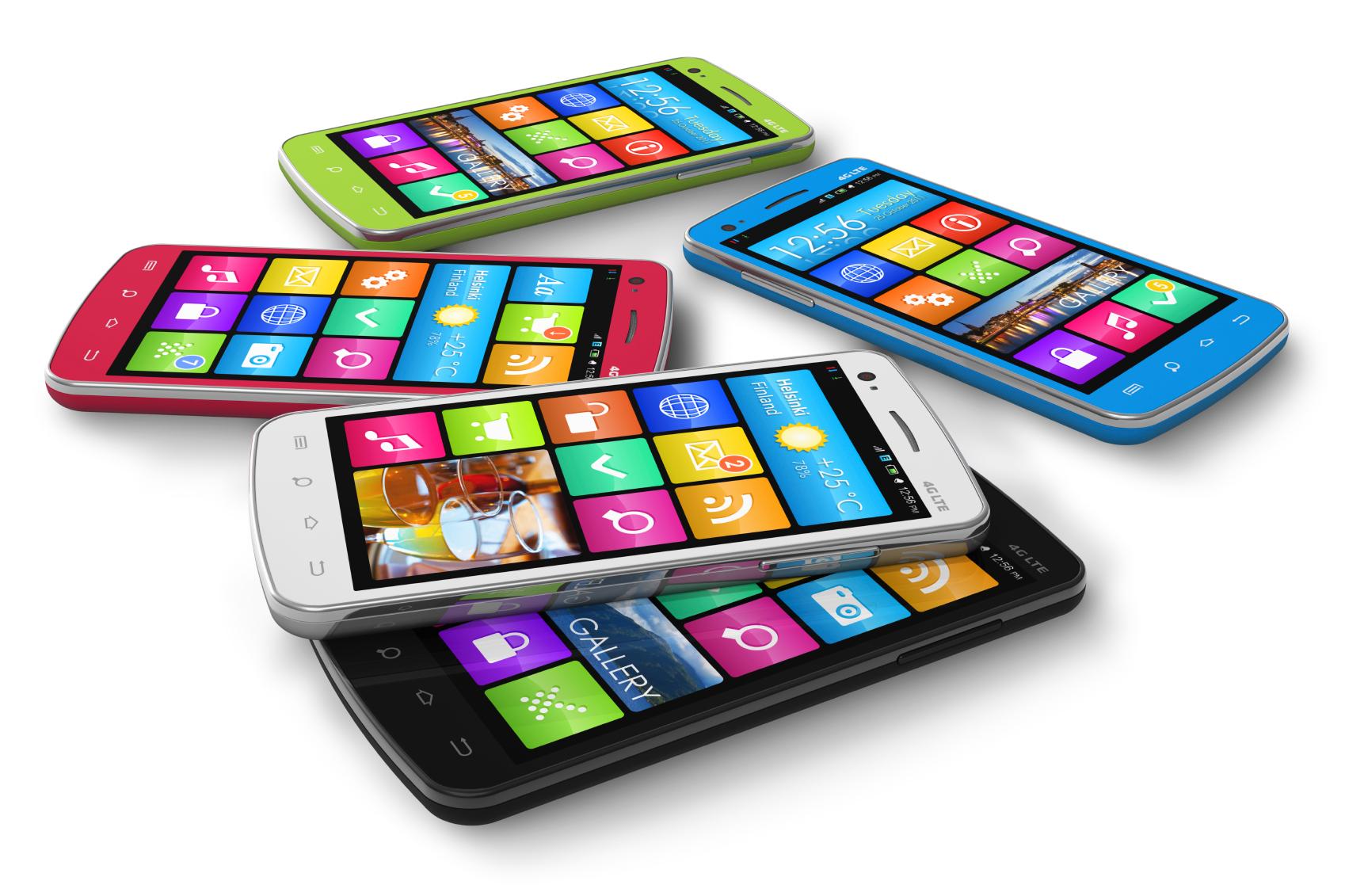What is NISE Spinal Stim?

NISE Spinal Stim: An Innovative Treatment for Spina Bifida
When people hear about spinal cord stimulators, they often picture the medical devices used to treat chronic pain. These devices can be non-invasive or implanted, and are often a great alternative to other pain treatments, such as opioids. Spinal stimulators are most often used to treat back pain,
diabetes-related neuropathy and complex regional pain syndrome (CRPS).
Spinal cord stimulation, also known as neuromodulation, uses a controlled electrical current to stimulate certain nerves in your spinal cord. These currents can keep pain signals from reaching your brain. It is most successful when used to treat severe or chronic pain, and most often is used in the adult population.
However, there is a specific type of spinal cord stimulation, non-invasive spinal electrical stimulation (NISE-STIM), that has been found to be incredibly effective in pediatric populations, particularly for children diagnosed with spina bifida.
NISE-STIM has been proven beneficial in children ages 3 months to 18 years. This type of muscle stimulator works to stimulate muscle movement, rather than combat pain. In this treatment, the electrodes are placed on the spinal cord and other parts of the body, encouraging the muscles to contract. These devices can be used at home, and the child is able to sit, play, watch tv or stand during treatment.

NISE-STIM is most commonly used for children with spina bifida, a spinal cord injury, cerebral palsy or any motor dysregulation. The only people who should not use spinal stim are those with pacemakers, pregnancy, cancer or other implanted electronically controlled devices.
The benefits of spinal stimulation in the pediatric population can often be seen within the first few weeks of treatment. Improvements include new movements, strengthening of muscles,
increased circulation, and improved digestion. NISE-STIM can also be used to assist in patients learning to walk independently. The side effects of spinal stimulation are minimal, and most often include skin irritation and temporary discomfort if the stimulator is set too high.
According to research, only
43% of children born with spina bifida are able to rise from the floor, stand upright, and walk. The use of electrical stimulation, particularly in infants with spina bifida, demonstrates incredible improvement in muscle strength including hip and knee flexion and extension, toe wiggling and trunk strength.
If you are interested in learning more about which of our physical therapists are able to offer NISE-STIM as a therapeutic tool, please reach out to us.
Are you familiar with NISE Spinal Stim? What was your experience like?








